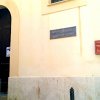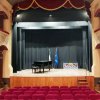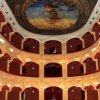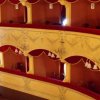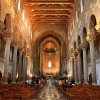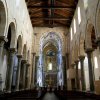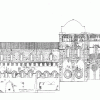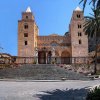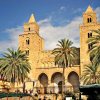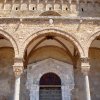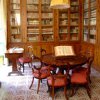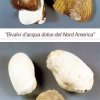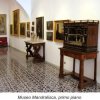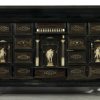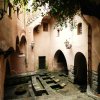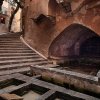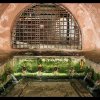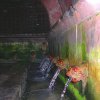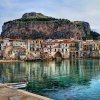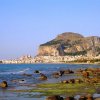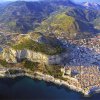The Theatre of Cefalu was finished in 1816, the work started in 1814, it has a particular shape of a "horseshoe", although deriving from the Italian baroque theater, refers to that type later characterized by a floor plan mix linear with more tiers of boxes, entrance, dividing wings radial pit slope. In 1884, larger jobs entrusted to the architect Emanuele Labiso, led to an expansion and the raising of the boxes to obtain the gallery, by raising the volume of the audience. It is on this occasion that the antlers, the ceiling, the proscenium arch, the curtain, were the subject of a broad commitment entrusted to the decorative painter Rosario Spagnolo from Cefalu. In the fifties of the twentieth century, the theater became a cinema and later lived years of neglect. It was used by director Tornatore for some scenes of the famous movie "Nuovo Cinema Paradiso" in 1988. In 1982 it was decided to name it after the Master violinist from Cefalu Salvatore Cicero, who died prematurely.
Since 1982 he comes to the delivery of the theater as we see it today, again, in step with the times, modern, but in the folds of the curtains always brings the voice, the wait, the smile and the tears of those who have lived through the pages the most important of their lives sitting on chairs to clap wooden auditorium and loggias of what was, and will be again, the theater people of Cefalu.

